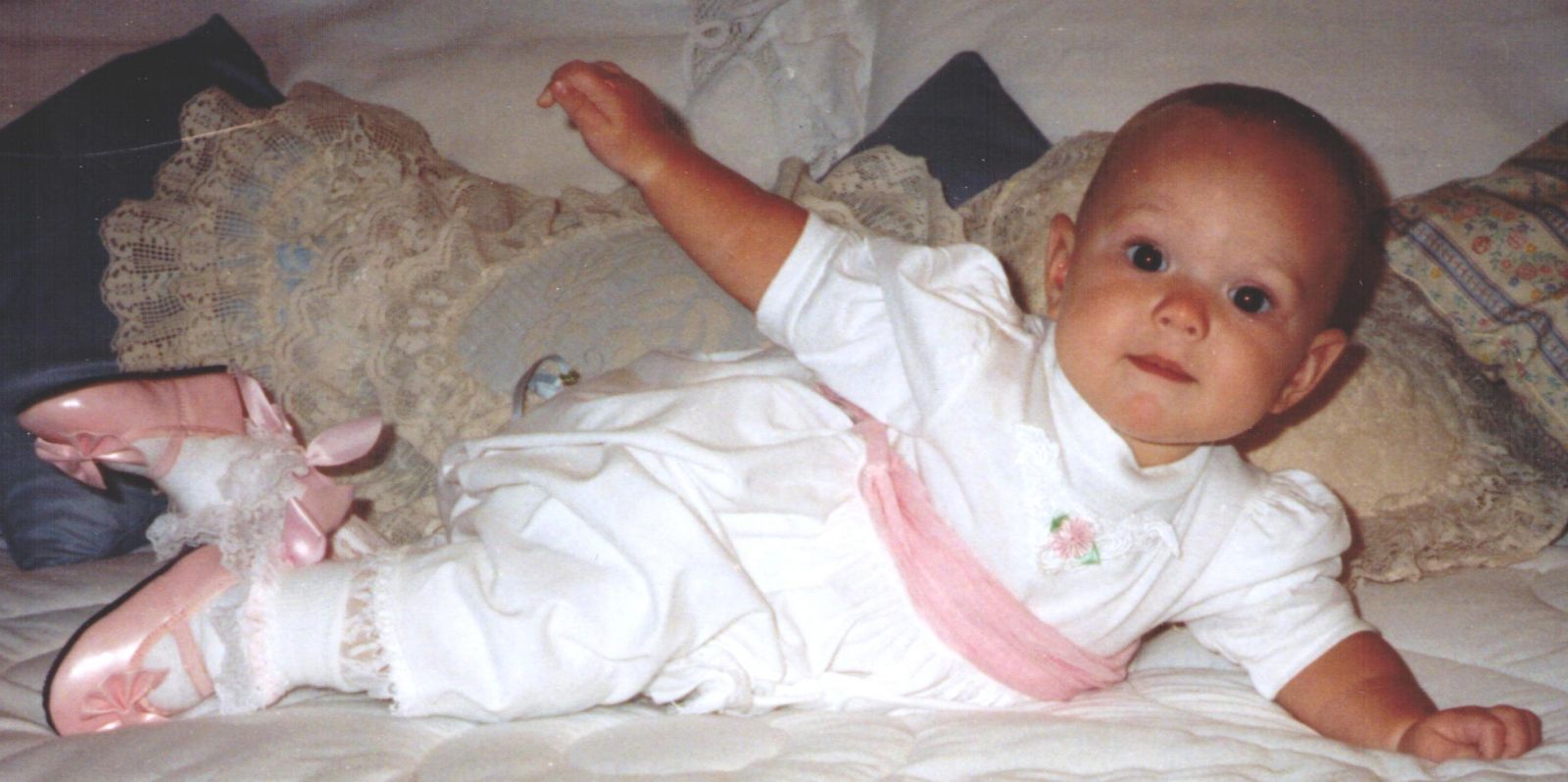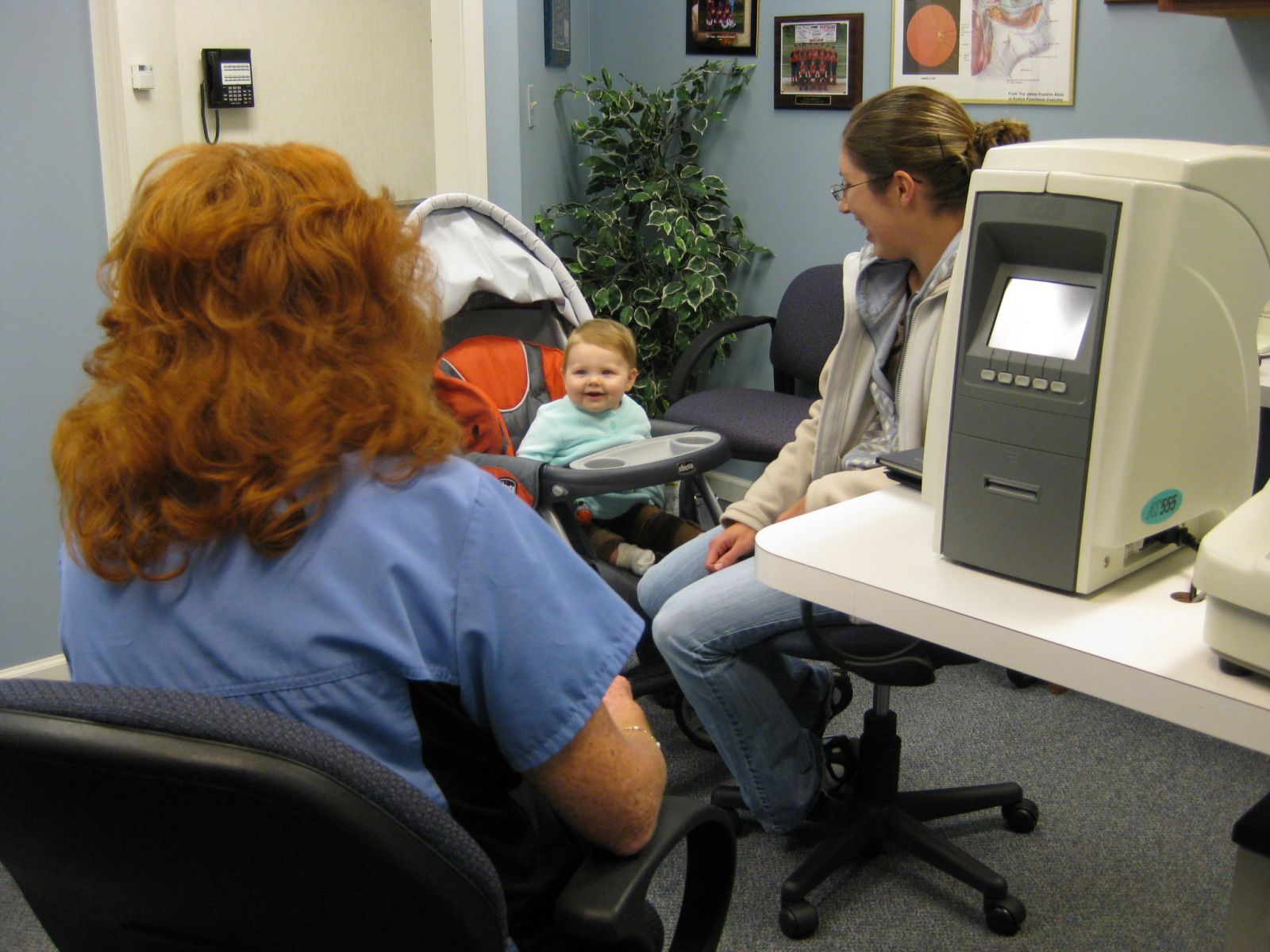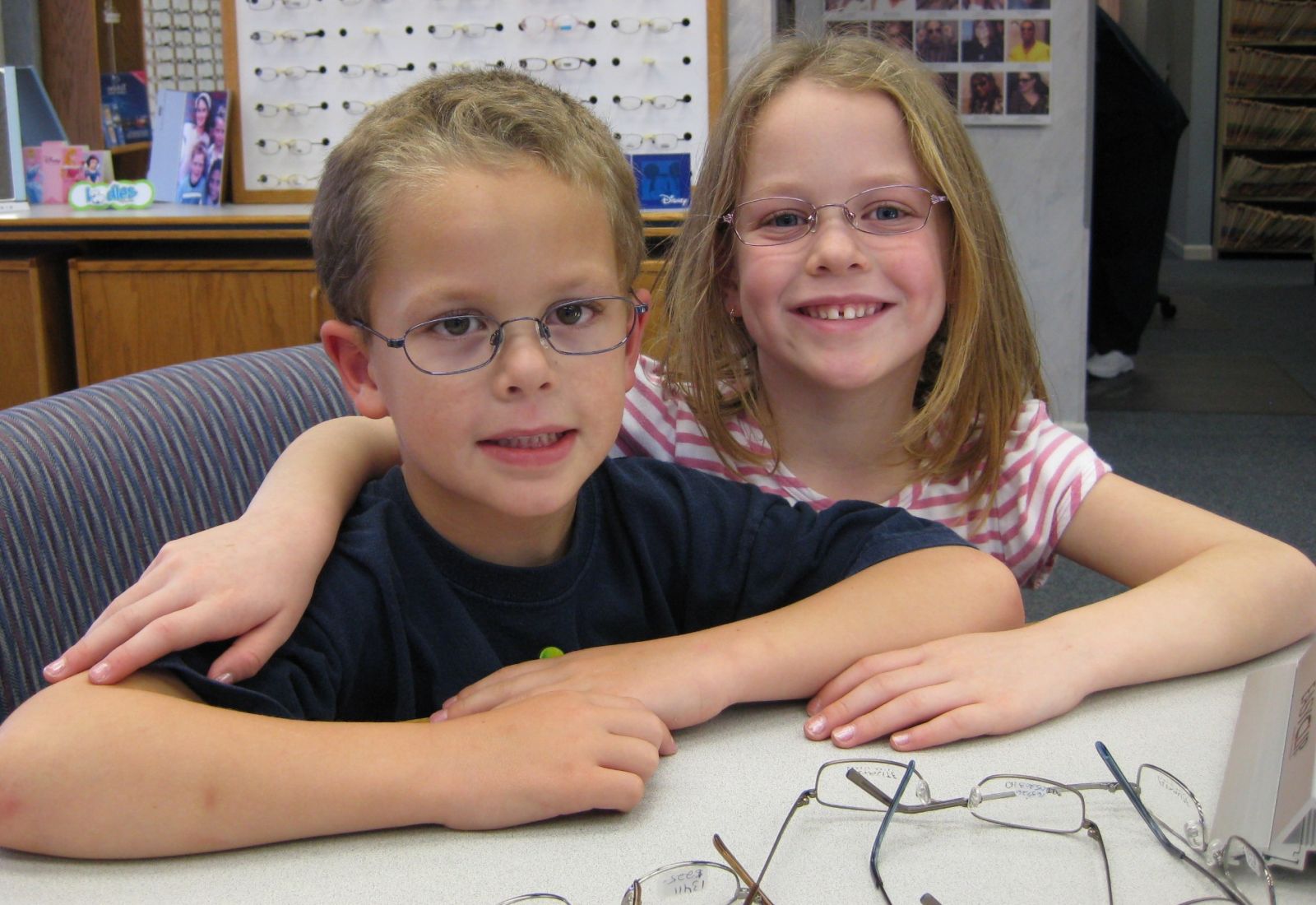
FROM THE BEGINNING…
Vision is our most precious possession. From the moment of birth, thousands of bits of information pass through the brain. Learning actually commences from that first breath of air.
Seeing is a passive phenomenon during the first few years of life. Infants look at big grown up faces, watch big TV's, and play with oversized toys. However, when a child reaches school age, their visual system becomes an active, integral part of their education.
ALL ON THEIR OWN
By themselves, they must learn to control the focus and fixation of their eyes to concentrate on smaller, more precise objects. They must learn to discern the foreground from the background. They must learn how to fuse the two different images from each eye into one unified image. They must also learn to master the skill of eye-hand coordination.
NO ROOM FOR ERROR
Most children achieve these basic fundamental skills. However, if the visual and ocular motor stimuli sent to the brain are in error, one can only expect to receive less then desired results. It is, therefore, imperative that any visual anomaly is detected and corrected at an early age.
“I CAN'T SEE…"
That's the problem. Children don't realize that they're having eye problems. They think the whole world sees and perceives things just as they do. Often, they give us signs of visual distress that we overlook and attribute to other things.
FIRST EYE EXAM AT 1-3 YEARS
 Effective as of January 2008, through the efforts of the Illinois Optometric Association, it is Illinois state law that your child's eyes be examined by an eye doctor before entering kindergarten.
Effective as of January 2008, through the efforts of the Illinois Optometric Association, it is Illinois state law that your child's eyes be examined by an eye doctor before entering kindergarten.
As a parent, you strive to help your child develop into a healthy adult. An important part of your child's overall health maintenance program is regular, professional vision care. Your child's eyes must function properly to accomplish the many visual tasks he or she will encounter in the years ahead.
Because you can't look through your child's eyes, it's impossible to accurately judge how well he or she sees. The only way to be sure that vision is developing normally is to make certain your child receives a comprehensive vision analysis by an eye care professional.
Unless a need is identified earlier, your child should be given his or her first comprehensive eye examination between 1 and 3 years of age. The child's eyes should be examined again before entering school.
Do not confuse a vision screening, a brief check which tests how well a child sees an eye chart from a distance of 20 feet, with a comprehensive examination. Problems with near vision, eye coordination, and focus are among the many problems not identified in a 20/20 screening.
PREPARE THEM FOR THEIR FIRST EXAMINATION

- It is natural for your child to feel some apprehension with a new experience. Talk with your child about the examination prior to the visit. Encourage him or her questions. You can assure your child that the examination is completely painless.
- Schedule the appointment for early in the day so that your child will be well rested and cooperative.
NO WORRIES.....NO RESPONSE NEEDED!
- Our experience and technology enable us to perform an examination without needing any response.
- We have movies on TV screens for Eye Charts.
- Equipment and skills that allow us to formulate a prescription.
WE WILL BE ABLE TO DETERMINE:
- Astigmatism: A condition in which the vertical and horizontal portions of the eye focus differently, causing blurriness at all distances.
- Nearsightedness (myopia): A condition in which close objects are seen more clearly than those at a distance. It is often first noticed in the early school years when a child squints to read the chalkboard or holds reading materials closer than normal.
- Farsightedness (hyperopia)
- Lazy eye (amblyopia): a condition in which vision cannot be corrected to 20/20 even with eyeglasses or contact lenses. It affects about 2 percent of children. With early diagnosis and treatment, permanent vision loss can be avoided.
- Cross-eyed (strabismus): a condition which occurs when the eyes are not properly aligned with each other. It affects 4 percent of all children.
- Muscle imbalance
- General eye health
Signs of Vision Problems:
INFANTS TO 3 YRS

- Rubbing the eyes
- Sitting very close to TV
- Turning or tilting the head to see
- Wandering or crossing eye
- Improper aligning of the eyes (They do not appear to be straight.)
- Bumping into things
TODDLERS AND UP
- Holding a book very close to the eyes -- only seven or eight inches away
- Sitting very close to TV
- Frequently rubbing or blinking eye
- Having poor eye/hand coordination
- Avoiding close work
- Having a short attention span or frequently daydreaming
- Covering one eye
- Tilting the head or moving the head back and forth while reading instead of moving the eyes
- Decreasing scholastic or athletic performance
- Tearing
- Complaining about headaches, double vision, or blurred vision
- Omitting, miscalling, or repeating words when reading aloud
- Squinting
 Because your child's eyes can change very rapidly during the early years, it is important to protect their vision with regularly scheduled vision examinations by an eye care professional.
Because your child's eyes can change very rapidly during the early years, it is important to protect their vision with regularly scheduled vision examinations by an eye care professional.
Television and Electronic Devices
Television viewing habits are an important factor in any discussion of a child's vision. Because television plays a part in almost every child's life, it is essential to develop sensible viewing habits to avoid unnecessary eyestrain. Properly installed and adjusted, televisions and DVDs are safe for the eyes.
Here are some helpful tips recommended by the American Optometric Association:
- When watching TV, the viewing distance should be at least seven times the width of your TV screen.
- The room should not be completely dark.
- Position the television set so that glare and reflections are avoided.
- Avoid sitting at an extreme angle in relation to the TV screen.
- TV viewing should be balanced between creative play and exercise.
- Nearpoint activities on tablets or Cellphone should be limited to 1/2 hour periods with at least 10-minute breaks.
For more information about how vision can adversely affect your child's performance in school, click here for our Kids Vision and Learning section.

